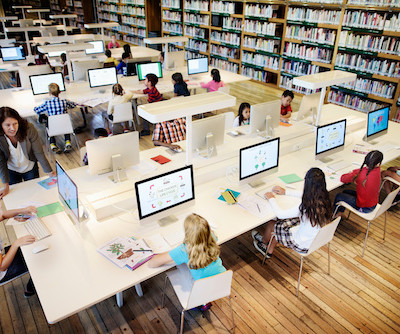The ultimate guide to authentically creating a secondary classroom where students feel safe, welcome, & whole
The Cornerstone for Teachers
OCTOBER 5, 2022
This is especially true for secondary students. Younger learners are used to SEL (socio-emotional learning) practices like sharing circles and morning meetings; these procedures tend to fade away as students get older and into more specialized secondary content. Video Friday.














Let's personalize your content